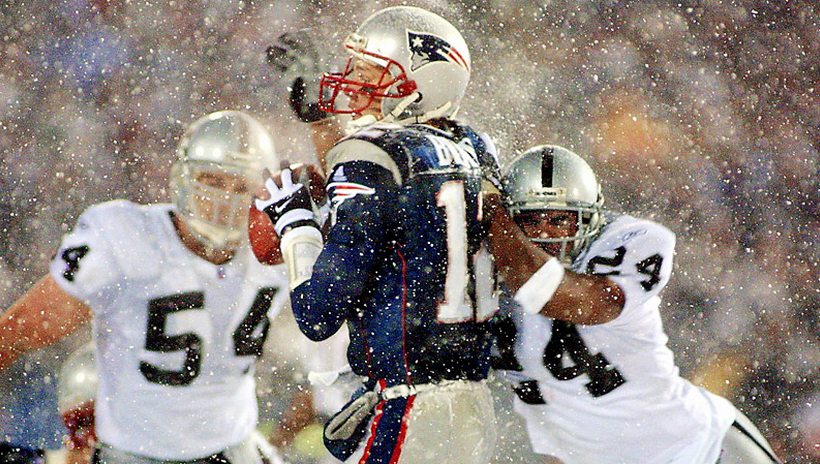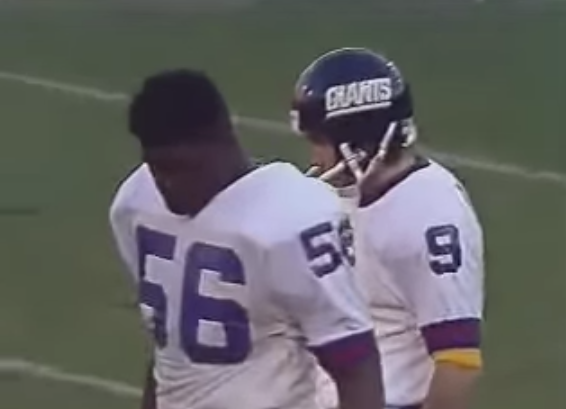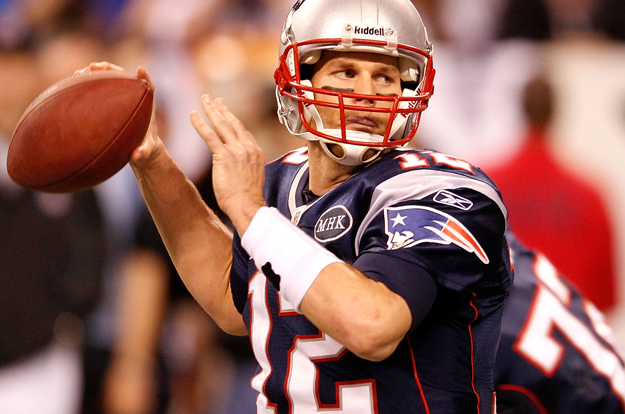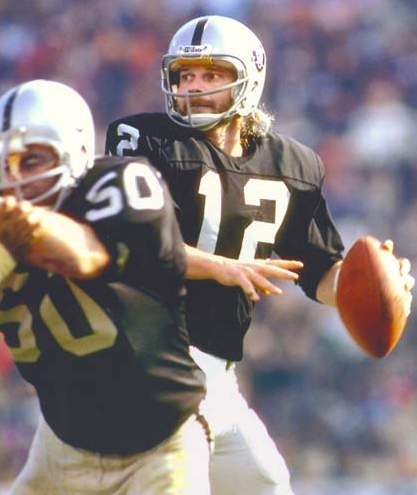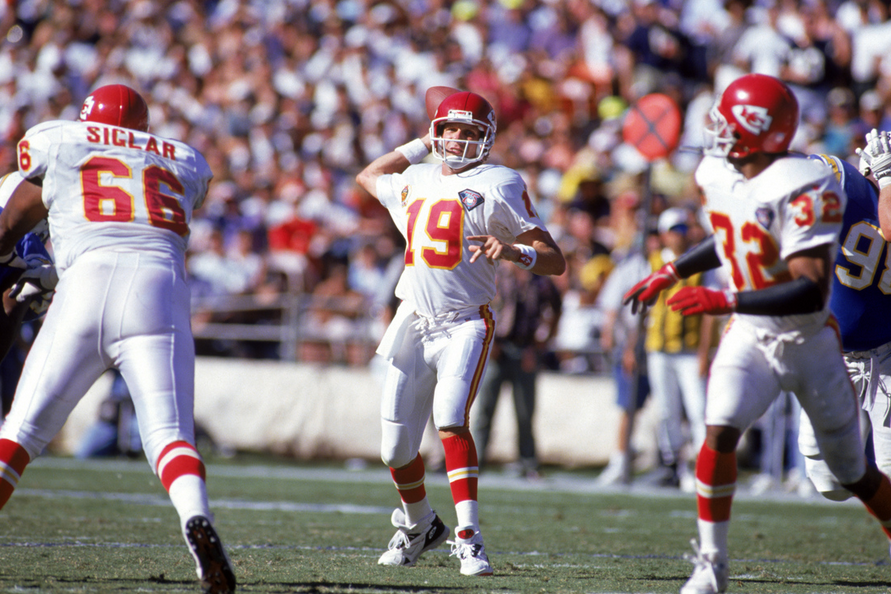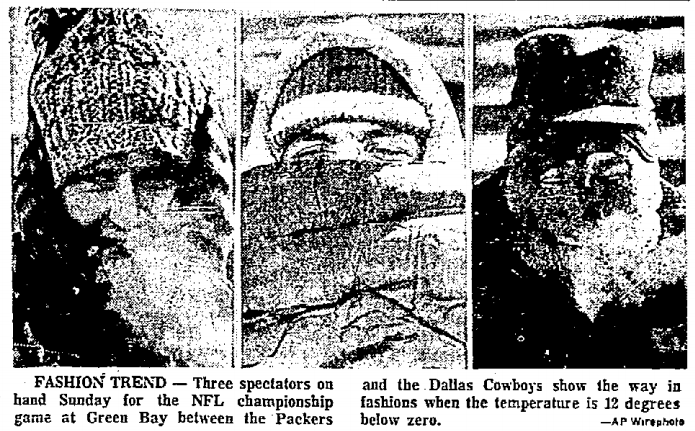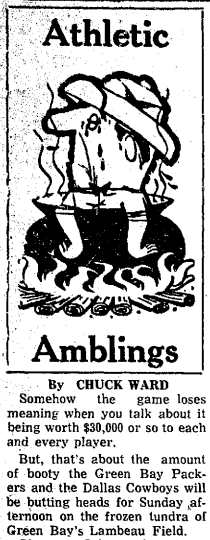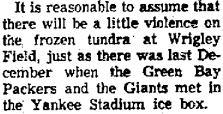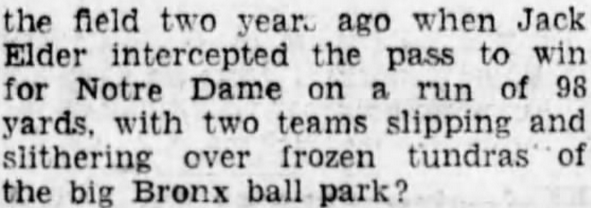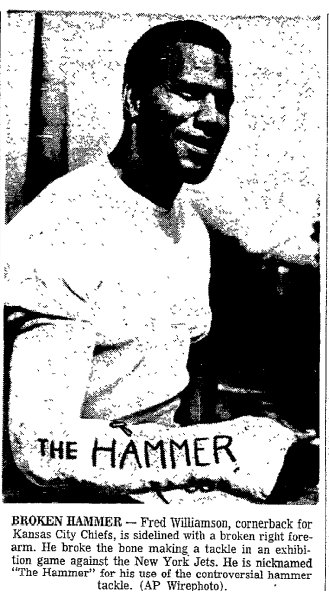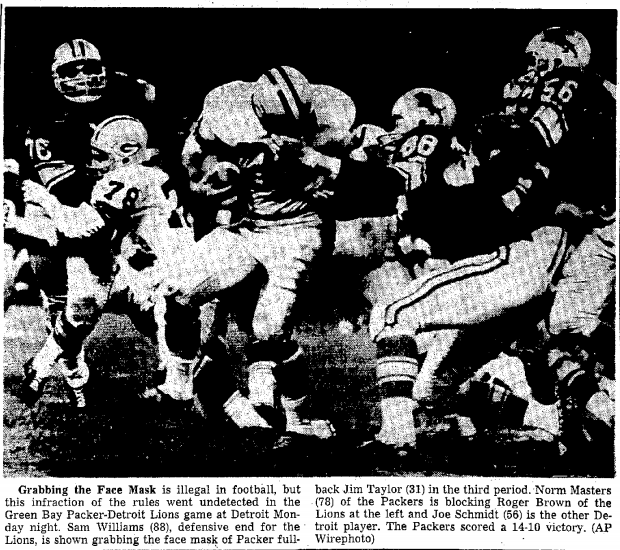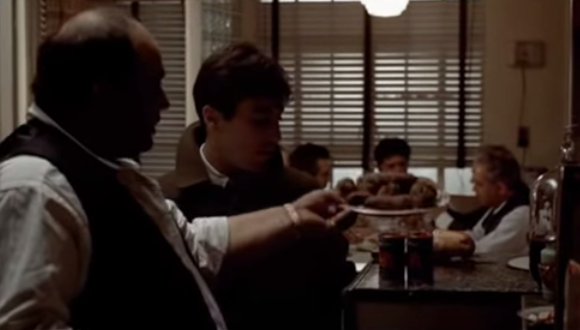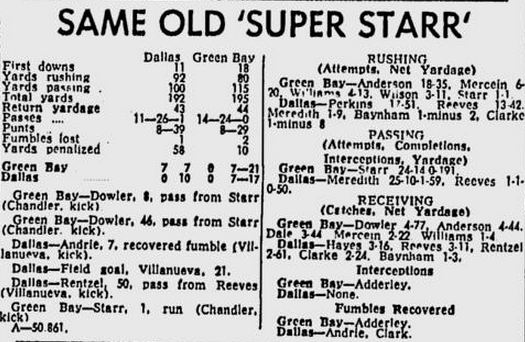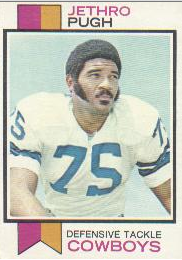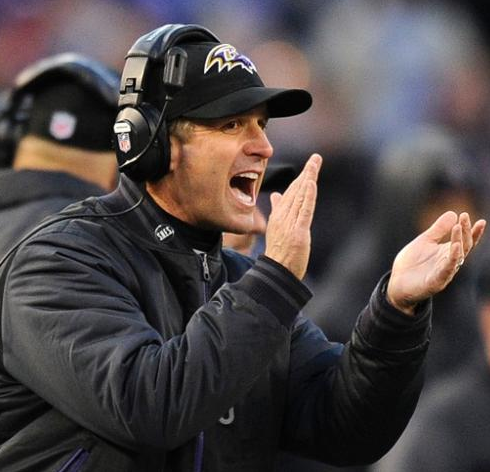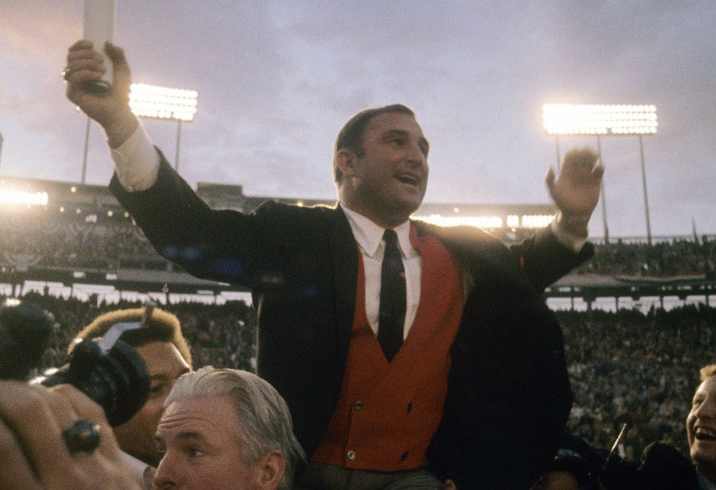One of these days, you figure, the NFL’s — and television’s — casual indifference to winter weather will catch up with them. By not giving themselves the flexibility to flip-flip the conference championship games — so that Sunday’s tilt in New England doesn’t kick off at 6:40 p.m. — they’ll get hit with the blizzard or ice storm they’ve been risking for years.
Or maybe that’s just a fantasy of mine. Maybe thermal wear is of such high quality now (read: NASA-level) that games can be played — and played well — in any conditions. If so, bully for pro football . . . and especially its TV ratings.
You wouldn’t want another situation, though, like you had after the Ice Bowl in 1967. So much nostalgia has grown up around that game between Vince Lombardi’s Packers and Tom Landry’s Cowboys that we tend to forget some of the comments that were made afterward. Those 60 frigid minutes might have been the definitive test of manhood, but they were far from the definitive test of football. And if you’re trying to determine your league champion, your Best Team, that’s a problem.
“It seems like I might be making excuses,” Dallas quarterback Don Meredith said, “but I just don’t think you can say this is a fair test of football or a football team in weather like this. It takes away all your diversification. We had a couple of things go wrong on us because we couldn’t use that quickness that we have.”
Cowboys president Tex Schramm could only shake his head. “When I saw the four bowl games [the next day],” he said, “which were truly beautiful and great tests of the relative strengths of the teams involved, it was sickening to me that the greatest game of all couldn’t have been played under the same circumstances.”
Later that week, Red Smith, following up on his original Ice Bowl column, wrote, “The Great North is no place to play outdoor games at this season and no place to watch ’em. . . . When the footing is treacherous and hands numb, the wide game is virtually eliminated, speed is neutralized, the passing attack is handicapped and every punt is fraught with suspense. . . . Except for the heroics at the end, it was a stinker.”
(Note: Red Smith, Green Bay born and bred, just called the Ice Bowl “a stinker”!)
More Red: “Human suffering aside, championships should be decided under championship conditions. Not even [commissioner] Pete Rozelle can command the seasons to turn backward, but he can insist that title contests be played where chances are best for playable conditions.”
Sure enough, Rozelle talked about that in the days that followed, told the Dallas Times Herald he’d been in favor of neutral-site championship games in warm climates “for several years.” He just hadn’t been able to gather the necessary 13 votes (out of 16 franchises). Too many owners were wedded to the old way of doing things, with one team having the home-field advantage and the game being accessible to the home team’s fans.
“I’ll work to get it moved,” Rozelle told the Times Herald. “Under the conditions it was played last Sunday, the game is unfair to both teams.”
Browns owner Art Modell, meanwhile, assured the newspaper the matter would “be discussed in no uncertain terms at our February meeting. I personally believe it should be moved to a neutral, warm-weather spot. It was zero today in Cleveland. I wouldn’t like to have the game [in] Cleveland at 5 degrees or 5 below.”
Modell said he planned to push for the next two NFL championship games to played in one of the league’s southern cities as “a two-year test.” But not enough owners could be swayed. The 1968 title game wound up in Cleveland (wind chill: 13 degrees) and the ’69 game in Bloomington, Minn. (wind chill: minus 6).
All this has been lost in the historical glow of the Ice Bowl. And here we are, decades later, awaiting a Jan. 18 game, with a 6:40 p.m. kickoff, in Foxborough, Mass. (Date of the Ice Bowl: Dec. 31.) You just hope the weather cooperates — there’s a chance of snow — and the Colts and Patriots can give us a reasonable facsimile of pro football. But if they can’t, and the conditions turn out to be better earlier in the day, well, you’ll know who to blame.

